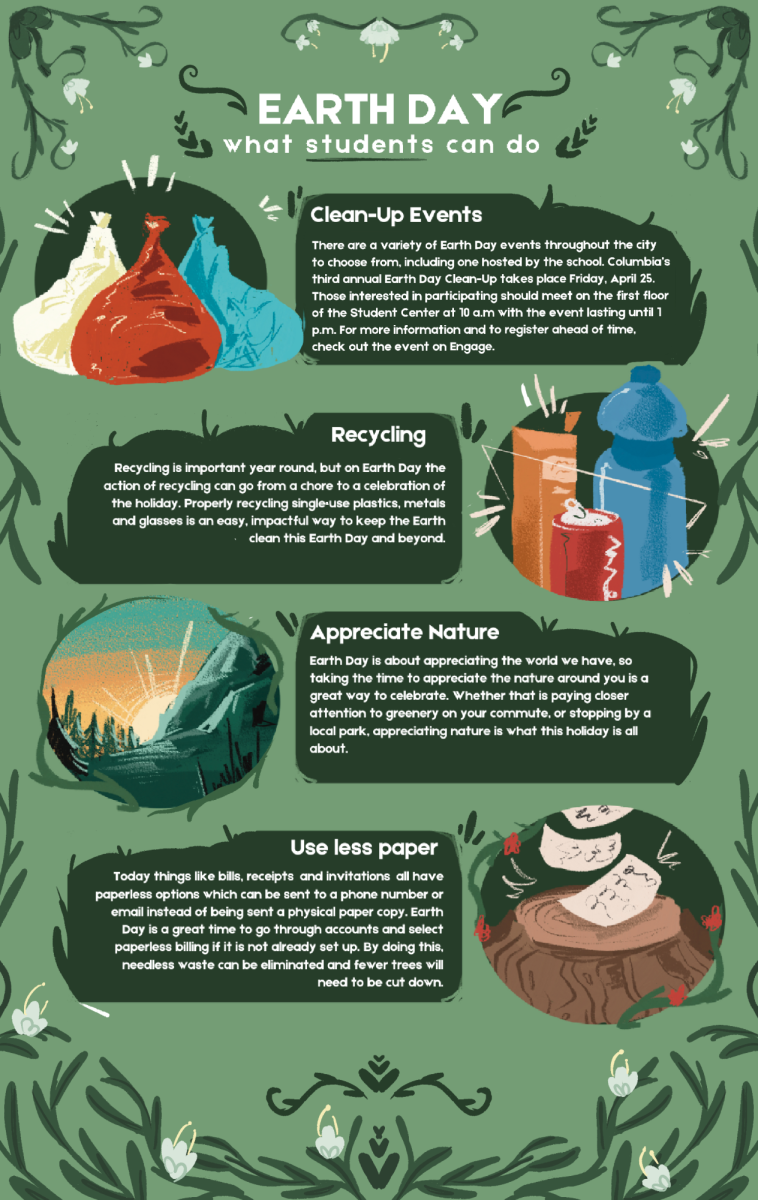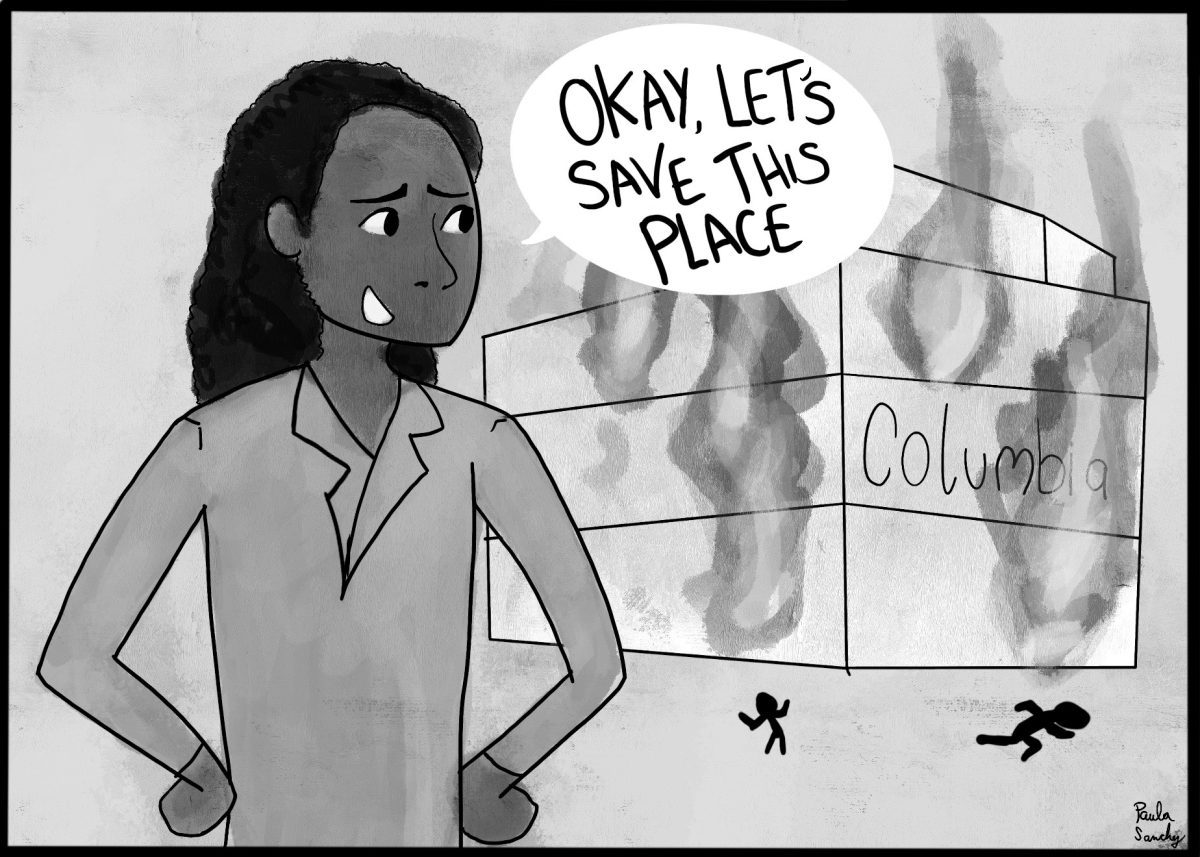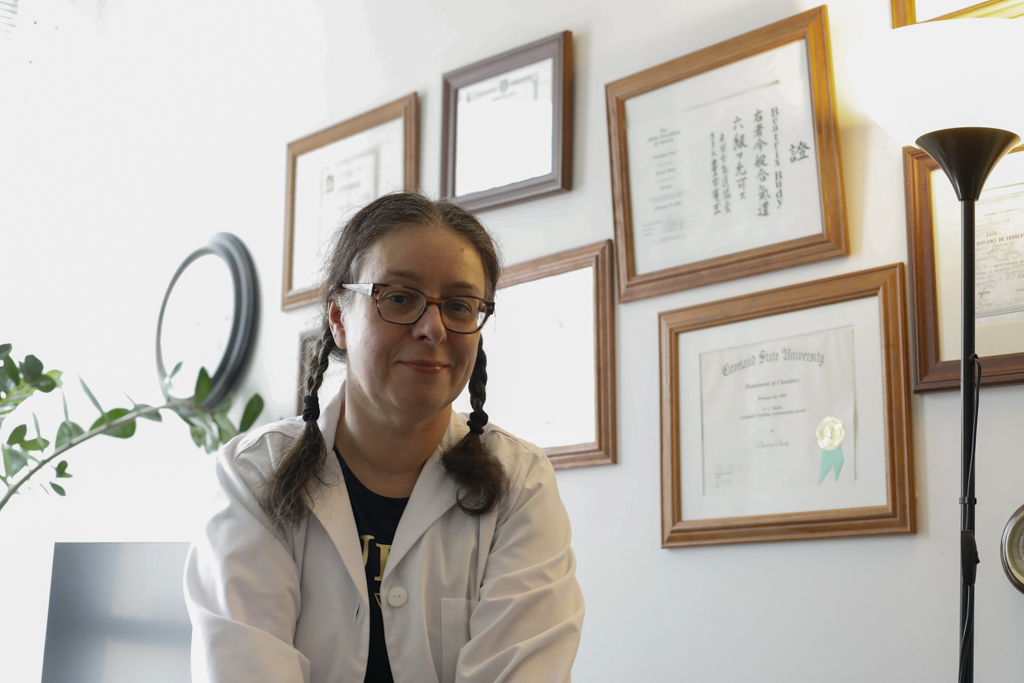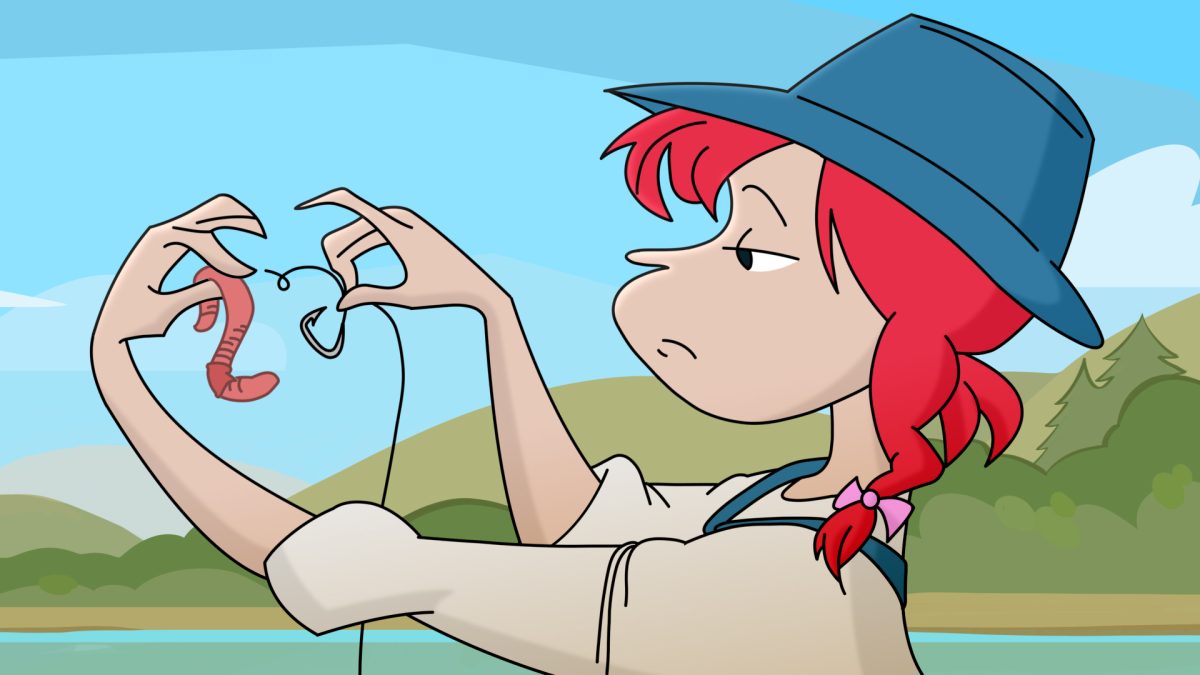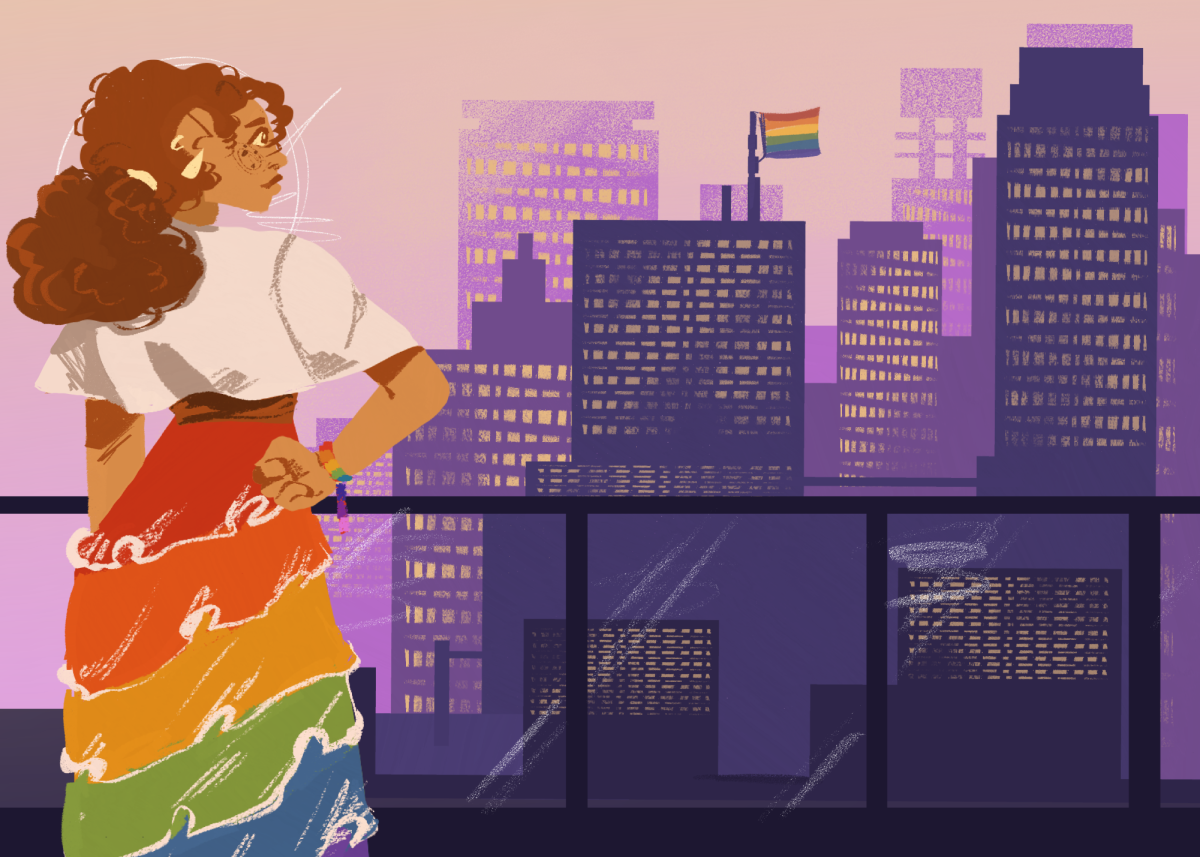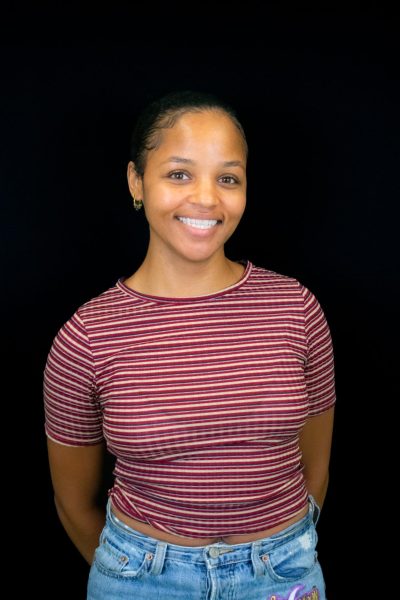Across campus, a growing number of artists are moving away from the perfection of digital tools and toward concepts that are more tactile. Rooted in handmade art, analog tools and in-person collaboration, DIY culture offers students a way to reconnect with their creativity on their own terms.
Sophomore fine arts major Graysen Peterson, who attended a zine-making event hosted by Columbia’s student chapter of the American Institute of Graphic Arts earlier this year, said hands-on artistry provides an authenticity digital tools can’t replicate.
“It’s my favorite type of art, especially with how rough and personal it can be,” said Peterson. “I like how it can have a bunch of different ideas and patterns.”
The rise of DIY culture on campus reflects a broader shift among young artists seeking alternatives to burnout and creative fatigue caused by constant online engagement. Many students are opting for hands-on projects that allow for more experimentation.
“There’s a certain quality with DIY that you can’t achieve organically with any sort of technology or computers and I think it just makes it special,” said senior design major Grace Harold. “I think that’s why sometimes people are drawn to, like, antiques and thrifting, because it’s just nice to see real human experiences when everything is so fabricated now.”
Angel Barcenas, a senior graphic design major and vice president of AIGA, said the DIY mindset helps students learn from one another through trial and error.
“I think that with DIY, it’s a lot of learning and lots of making mistakes; that’s what I really like about DIY,” he said. “I think it’s important to have that aspect of communities where people could make the community a lot more stronger.”
At the college’s MakerSpace, located on the second floor of the Student Center, students gathered recently at work tables surrounded by cluttered fabric, scented markers and steam-filled irons. The room hummed with the sound of collaboration, prints being trimmed and ideas being traded.
The MakerSpace, which is free for students to use, is at the center of a rise in DIY across campus. The space has become a hub for students interested in tactile forms of creativity.
“A lot of it’s just providing the space, the resources, as well as the staff, expertise and guidance,” said Ronda Payne, director of student spaces for art and collaboration. “If a student comes in with a project and they’re a little uncertain on some of the equipment, my team is available to help walk them through and get them started.”
Senior fashion merchandising major Sassy Dougherty shared her enthusiasm for talking to others about their projects in the MakerSpace, especially if they are unusual.
“I think it gives people an outlet, and I think it helps build community,” said Dougherty. “I always see people making things, and I always just want to chat to them about what they’re making, especially if it’s something weird, like a bird mask or fish head; I like seeing people make things and hearing their reasonings for making them.”
Sophomore illustration major Petey Holman-Hebert said the space offers a supportive environment for exploring new techniques. Holman-Hebert, who is also the vice president of Columbia’s Knitting Club, said DIY culture offers students the chance to connect through craft.
“Being a student leader of an organization that focuses around hand making is really fun,” he said. “I think that humans are just naturally drawn to wanting to make stuff with their hands.”
Workshops hosted throughout the semester introduce students to new equipment and techniques. An “inspiration library” stocked with books on different styles and crafts helps students get started or explore new ideas. But at its core, Payne said the MakerSpace is about giving students permission to create without pressure.
It’s not like craft and digital are enemies,” said Payne. “In a lot of ways they can support each other because I see students using their digital designs and translating that into something that is more craft based, so in a lot of ways, they can be connected.”
For many students, that sense of community is what draws them back to DIY projects again and again. Kayla Wood, a senior in interdisciplinary studies who was a featured artist at Columbia’s INK Fest, said DIY has always been part of her creative process.
“I grew up watching creative shows and watching my parents put together things and I would look at them and think, ‘It looks boring. What if I put a bunch of scribbles or paint on it?’” said Wood. “DIY is also a foundation of creativity. If I see a part of my home or apartment needing some personality, I’m going to take my skills of art and do it myself.”
Copy edited by Patience Hurston
Resumen en Español:
Recientemente, los estudiantes han optado por el arte táctil, y de “Házlo tu mismo”, en vez del arte digital. Dijeron que la creatividad de mano tiene una “autenticidad” única, que no se puede reemplazar por las creaciones en línea, que les ha dado agotamiento digital. Además, estos estudiantes han disfrutado la oportunidad de aprender unos de otros por el proceso, que les ayuda a reforzar una comunidad creativa, como dijo Ángel Barcenas, un estudiante de último año de diseño gráfico.
“Creo que con ‘Házlo tu mismo’, se involucran muchas oportunidades de aprender y muchos errores, eso es lo que realmente me gusta de ello”, dijo Barcenas. “Creo que es importante tener ese aspecto de comunidades dónde la gente podría hacer que la comunidad sea mucho más fuerte”.
Resumen por Sofía Oyarzún
Resumen editado por Manuel Nocera






